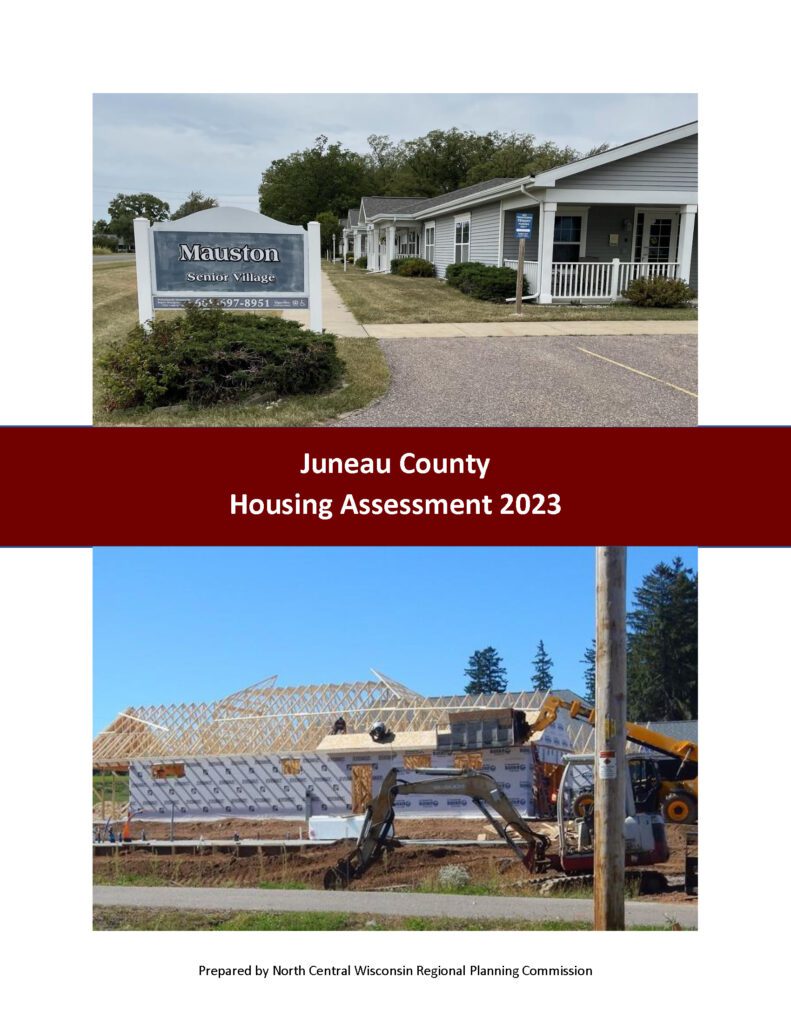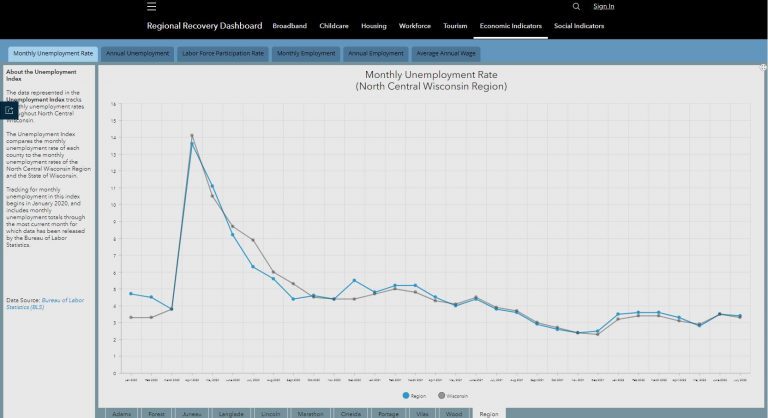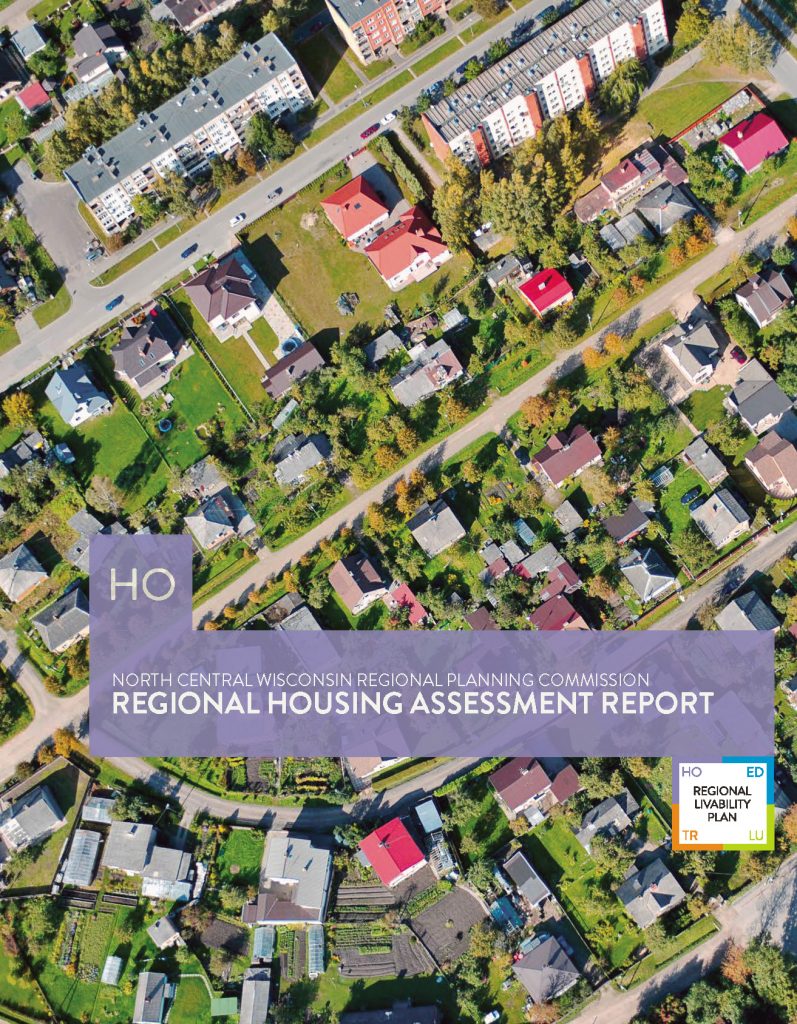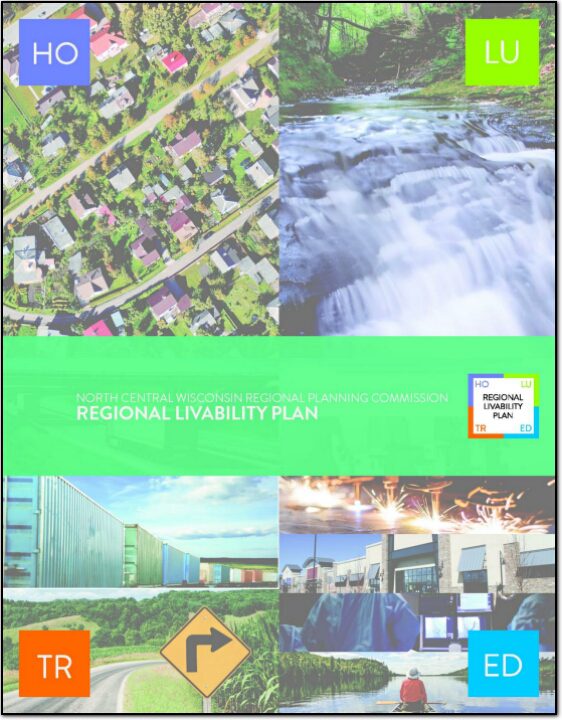In 2024, Adams County Economic Development, in partnership with the Adams County Housing Committee and the United States Department of Agriculture (USDA) Rural Partners Network (RPN) worked with the North Central Wisconsin Regional Planning Commission (NCWRPC) to produce this study in response to growing concerns over housing affordability. This project consisted of robust data collection, public surveys, public open houses, and stakeholder interviews to understand which housing types are highest in demand, and what barriers prevent an adequate supply of desired housing. This study recommends a variety of strategies and programs that each individual community may explore depending on their own needs to encourage the construction and rehabilitation of needed housing.
Open house event! Tell us your ideas and experiences with high housing costs in Adams County:
October 22nd, 4pm and 6pm
Adams County Community Center
569 N Cedar St
Adams, WI 53910
NCWRPC staff will present findings and facilitate a public discussion to gain a deeper understanding of the County’s housing needs.



